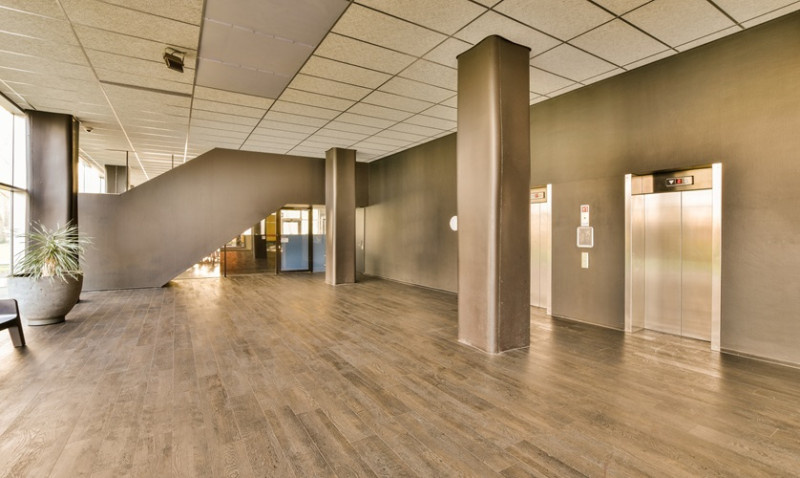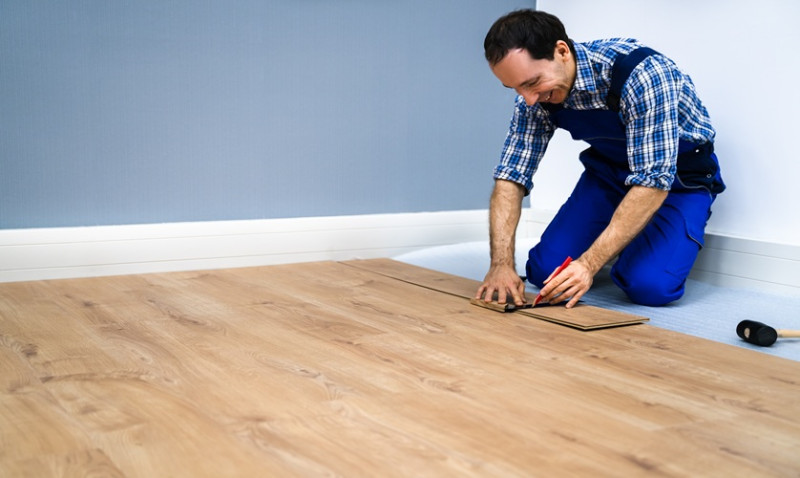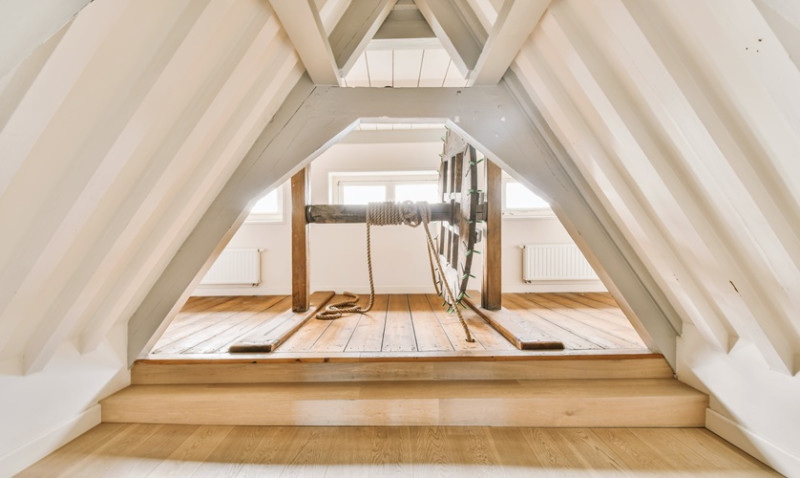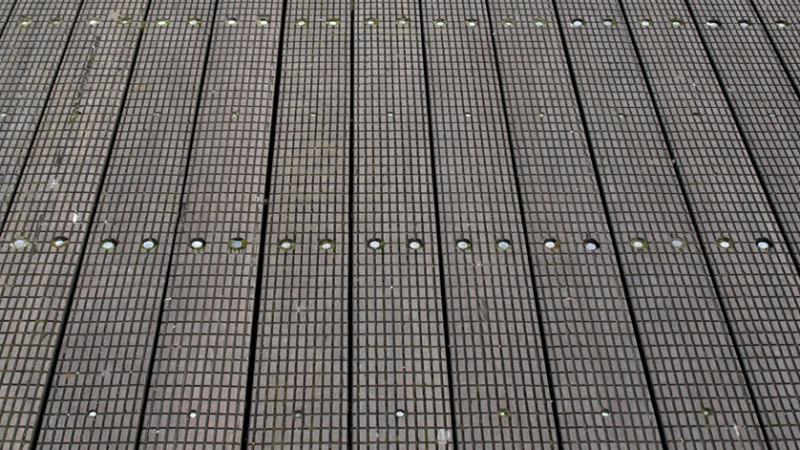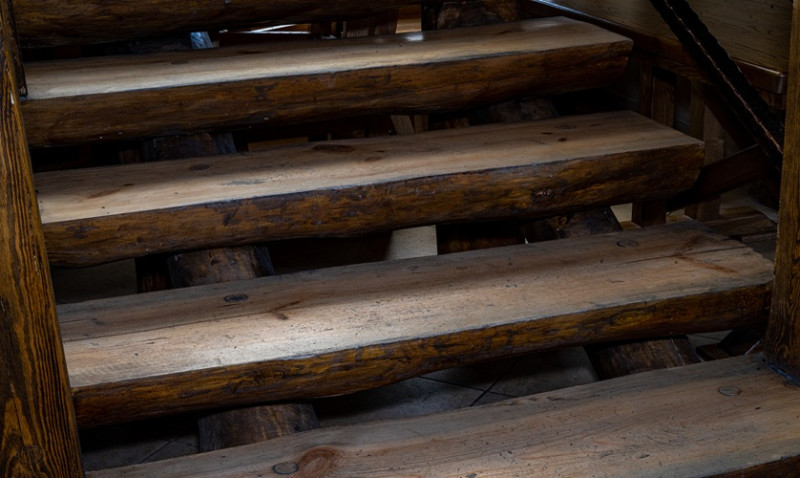
When it comes to choosing the perfect timber flooring for your home or project, the decision often comes down to two main options: engineered hardwood flooring and solid hardwood flooring. Both offer that natural timber appeal, warmth, and durability, but there are key differences between the two that can impact performance, appearance, cost, and installation requirements. If you’re a DIY enthusiast, a young professional redecorating your new space, or even a seasoned architect or tradesperson working across the UK, understanding the pros and cons of each flooring type is essential for making the best decision.
What is Solid Hardwood Flooring?
Solid hardwood flooring is exactly what it sounds like: each plank is made from a single, solid piece of natural wood, typically around 18-22mm thick. This traditional flooring type has been used in UK homes for centuries and is admired for its authenticity, character and longevity.
Because it’s made from solid timber throughout, it can be sanded and refinished multiple times throughout its lifespan, extending its use for decades – even generations – if maintained properly. This makes it a favourite among purists and renovators working on period properties or high-end interior projects.
However, solid hardwood floors are more vulnerable to changes in environmental moisture and temperature. Wood naturally expands and contracts depending on humidity levels, which can result in cupping, gapping, or even warping over time if not acclimatised or installed correctly.
Installation can also be trickier. Solid wood typically requires nailing or gluing down to a subfloor and is not typically recommended for installation over underfloor heating systems or in areas like basements or bathrooms where humidity levels are variable.
Nevertheless, if you’re after an unmistakable, traditionally luxurious finish and have the right setting and budget, solid hardwood offers timeless beauty and incredible durability.
What is Engineered Hardwood Flooring?
Engineered hardwood flooring is made of multiple layers. The top layer (also known as the “wear layer”) is real hardwood, while the core layers beneath are typically made from high-quality plywood or HDF (high-density fiberboard). These layers are bonded together in a cross-grain construction, which gives engineered flooring its trademark strength and stability.
Visually, engineered wood looks identical to solid timber because the surface is genuine wood. You still get the same wood species, grain patterns, and natural character that you'd find in solid wood boards. The only real difference is what lies beneath the surface.
Engineered flooring is much more resistant to moisture and temperature fluctuations, making it ideal for installation in basements, kitchens, conservatories, and over underfloor heating systems – all common elements in modern UK homes and renovations.
Thanks to its layered construction, engineered timber is also more dimensionally stable and easier to install. Many products today feature click-and-lock fitting systems or tongue-and-groove mechanisms that allow for floating installations – making it ideal for confident DIYers or efficient professional fitting.
While the wear layer on engineered flooring is thinner than solid wood, many high-quality engineered products can still be sanded and refinished once or twice, depending on the thickness of the veneer.
Comparing Key Features
| Feature | Solid Hardwood Flooring | Engineered Hardwood Flooring |
|---|---|---|
| Construction | Single solid piece of timber | Multi-layer core with real wood top layer |
| Appearance | Natural wood grain and texture | Identical surface to solid timber |
| Durability | Exceptional (can last over 100 years) | Very good (approx. 20-40 years, depending on quality) |
| Moisture Resistance | Low | High |
| Installation | Nail or glue-down only | Floating, glue, or nail-down options |
| Compatibility with Underfloor Heating | Not recommended | Yes, ideal |
| Price | Generally higher | Often more affordable |
| Maintenance | Can be sanded & refinished multiple times | Limited refinishing depending on wear layer |
Which Flooring is Right for You?
Ultimately, the best choice between engineered and solid hardwood flooring depends on your specific needs, property type, budget, and lifestyle. If you're restoring a traditional period property and want to honour its original features, solid hardwood may be the more authentic option. It offers a longer lifespan and the ability to refinish multiple times – an excellent investment for historic homes or upscale projects.
On the other hand, if you're updating a contemporary flat in London, planning on installing underfloor heating, or want the flexibility of DIY-friendly fitting, engineered hardwood will give you the same aesthetic appeal with greater practicality. It’s also a smart choice for busy households with children or pets, thanks to its increased moisture tolerance and stability.
Architects and designers often lean toward engineered flooring due to its versatility and modern construction, especially when working within project timelines or environmental constraints. Professional tradespeople find it quicker and easier to work with on-site, saving valuable labour hours without compromising on quality or aesthetics.
Even for first-time renovators looking for that beautiful real wood look, engineered flooring offers the ideal balance between function, style, and affordability—without the risks of wood movement or complex installation.
Conclusion
Both engineered and solid hardwood floors bring their own strengths to the table. Solid wood is time-honoured and robust, offering unmatched character and long-term value. Engineered wood is the modern solution: resilient, moisture-resistant and suitable for today’s living spaces—including those with underfloor heating and open-plan layouts.
Whichever you choose, investing in real timber flooring will elevate your interior and add long-lasting value to your property. Make sure to consult with a flooring professional or supplier who understands UK building conditions, architectural trends, and climate factors to help you find the right product for your needs.
Still unsure which type of flooring suits your project? Get in touch with one of our timber flooring specialists today for expert advice, samples, and competitive prices tailored to your home or design vision.
